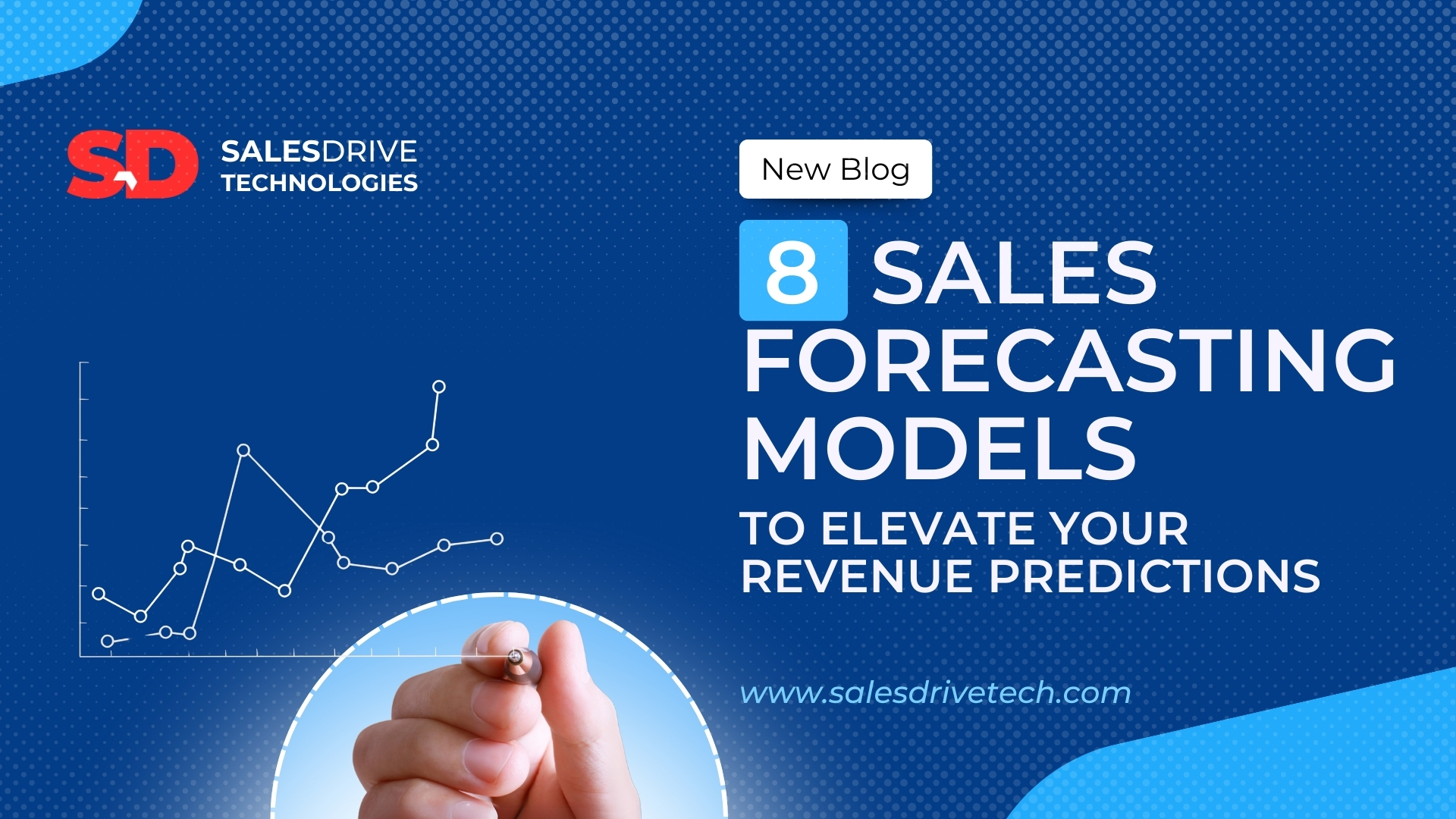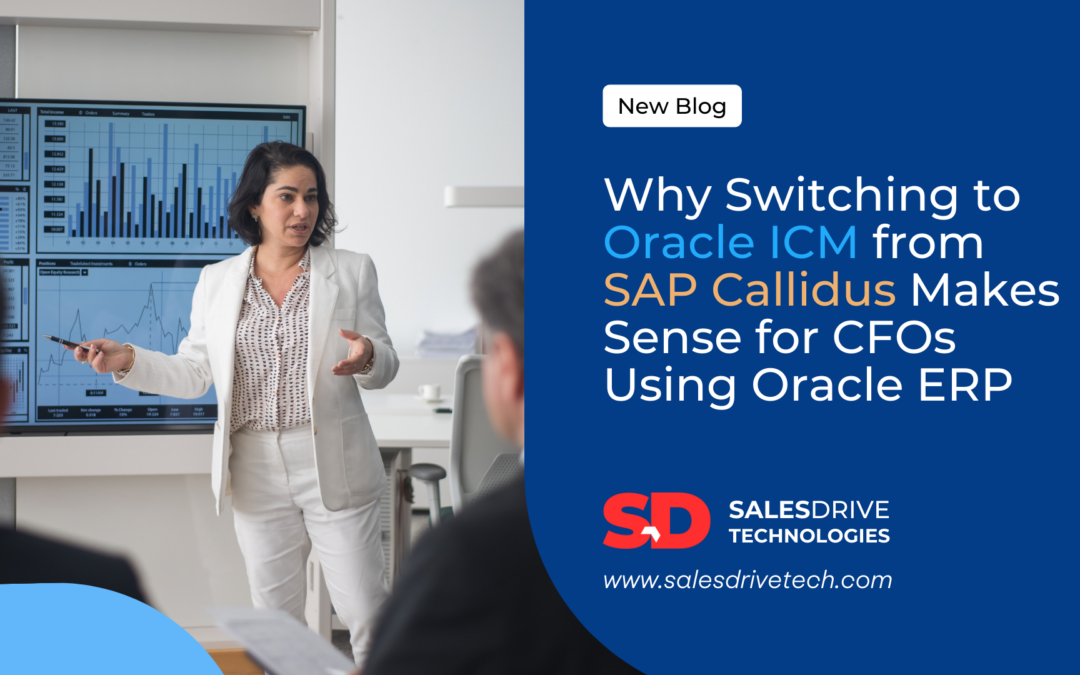Accurate sales forecasting is a critical function for any business that aims to drive growth and maintain a competitive edge. Forecasting provides actionable insights that allow companies to plan inventory, allocate resources, and set realistic revenue targets.
In this article, we explore eight robust forecasting models that can help improve the accuracy of revenue predictions. Each model has its own strengths and is suited to different data environments and sales cycles. Our aim is to explain these models in simple language and offer actionable insights for businesses striving to improve their sales predictions. This article is for professionals who are looking to make informed decisions and enhance their overall sales strategy.
Time Series Forecasting Models
Time series forecasting models analyze historical sales data over a given period to identify patterns and trends. These models assume that past performance is a good indicator of future outcomes. Key techniques include:
Key Techniques
- Moving Averages: This method smooths out fluctuations by averaging sales data over a fixed number of periods.
- Exponential Smoothing: This technique assigns exponentially decreasing weights to older data, giving more importance to recent sales.
- ARIMA (Autoregressive Integrated Moving Average): ARIMA models account for trends and seasonality by combining autoregressive and moving average components.
- SARIMA (Seasonal ARIMA): An extension of ARIMA that explicitly models seasonal effects.
Benefits and Considerations
Benefits:
- Simple to implement with historical data.
- Effective in stable markets with consistent seasonal patterns.
- Considerations:
- Relies on the assumption that past trends will continue.
- May not account for sudden market shifts or external shocks.
Time series forecasting is best used in environments where sales are influenced by regular cycles and where historical data is robust.
Regression Forecasting Models
Regression models establish a statistical relationship between sales and one or more independent variables. They are useful when sales are affected by factors such as marketing spend, economic conditions, or competitive activity.
Types of Regression Models
- Simple Linear Regression: Examines the relationship between a single independent variable and sales.
- Multiple Linear Regression: Considers several independent variables simultaneously to determine their collective effect on sales.
- Non-linear Regression: Used when the relationship between variables is not linear.
Benefits and Considerations
Benefits:
- Helps quantify the impact of various factors on sales.
- Supports scenario analysis by adjusting independent variables.
Considerations:
- Requires quality data on all independent variables.
- Model accuracy depends on correctly identifying the influencing factors.
Regression forecasting models provide a more nuanced understanding of what drives sales and enable businesses to test the effects of different strategies.
Historical Forecasting Methods
Historical forecasting uses past sales performance as the baseline for future predictions. This method is straightforward and often relies on simple calculations such as averages and trends.
Key Approaches
- Simple Average: Forecasts are set equal to the mean of past sales.
- Trend Extrapolation: Extends historical trends into the future by identifying a consistent rate of growth or decline.
Benefits and Considerations
Benefits:
- Easy to calculate and understand.
- Provides a quick benchmark for expected sales.
Considerations:
- Assumes that future conditions will mirror past conditions.
- Does not account for changes in market dynamics or external factors.
Historical forecasting is best suited for stable environments where there are few fluctuations in market conditions.
Opportunity Stage Forecasting
Opportunity stage forecasting leverages detailed data from the sales pipeline. It assigns probabilities to deals at various stages, enabling sales teams to estimate future revenue based on the likelihood of each deal closing.
How It Works
- Stage Definition: Each step in the sales process is defined, from initial contact to final negotiation.
- Probability Assignment: Historical data is used to assign a probability of closing to each stage.
- Revenue Estimation: Expected revenue is calculated by multiplying the deal value by the probability of closure.
Benefits and Considerations
Benefits:
- Provides a granular view of the sales process.
- Helps identify bottlenecks and areas for process improvement.
Considerations:
- Relies on the accuracy of CRM data and proper stage definitions.
- The model may need frequent adjustments based on changing sales practices.
Opportunity stage forecasting is particularly useful for organizations with complex sales cycles and a well-maintained CRM system.
Lead-Driven Forecasting Models
Lead-driven forecasting focuses on the quality and conversion rates of sales leads. By analyzing data from lead sources, companies can predict how many leads will convert into sales and estimate their value.
How It Works
- Lead Scoring: Each lead is scored based on factors such as source, engagement, and fit.
- Conversion Analysis: Historical conversion rates are used to predict future sales from leads.
- Revenue Projection: Expected sales are calculated based on the quality of the lead pool and historical performance.
Benefits and Considerations
Benefits:
- Directly ties forecast to the sales pipeline.
- Helps marketing and sales align on target customer profiles.
Considerations:
- Dependent on consistent and accurate lead data.
- Requires integration with marketing analytics tools.
Lead-driven forecasting models are ideal for businesses with robust lead generation processes and data-driven marketing strategies.
Multivariable and AI-Powered Forecasting Models
As markets become more complex, advanced models that incorporate multiple variables have become increasingly popular. These models use a combination of historical data, external factors, and machine learning algorithms to improve forecasting accuracy.
Key Components
- Multivariable Analysis: Incorporates various independent variables, such as economic indicators, competitor actions, and seasonal effects.
- AI and Machine Learning: Algorithms such as neural networks and ensemble methods process large datasets and detect subtle patterns that traditional models may miss.
Benefits and Considerations
Benefits:
- Captures complex relationships among multiple variables.
- Adapts quickly to changes in market conditions by processing real-time data.
Considerations:
- Requires substantial data and computational resources.
- Model complexity may require expert oversight to interpret outputs accurately.
Advanced forecasting models are particularly useful in volatile markets where multiple external factors influence sales. They allow companies to refine their predictions and respond dynamically to market changes.
Best Practices for Implementing Sales Forecasting
Implementing a successful sales forecasting system involves more than choosing the right model. Consider the following best practices to ensure your forecasting efforts yield actionable insights:
- Data Quality: Ensure that historical sales data and other relevant inputs are accurate and up-to-date.
- Regular Updates: Sales forecasts should be reviewed and updated on a regular basis to reflect changes in market conditions.
- Cross-Functional Collaboration: Encourage collaboration between sales, marketing, and finance teams to obtain a comprehensive view of the business environment.
- Integrate Multiple Models: Combining different forecasting models can improve accuracy. For example, use historical data as a baseline and adjust with regression insights or CRM pipeline data.
- Leverage Technology: Use modern forecasting software and analytics tools to automate data collection, analysis, and visualization.
- Monitor Forecast Accuracy: Track the performance of your forecasts using metrics such as Mean Absolute Percentage Error (MAPE) or Mean Absolute Scaled Error (MASE). Adjust models as necessary based on performance.
Implementation Considerations
When integrating sales forecasting into your business strategy, several key considerations should guide the process:
Data Collection and Management
- Historical Sales Data: Gather comprehensive sales data covering multiple periods.
- External Variables: Incorporate data on economic conditions, competitor actions, and other external factors that may influence sales.
- CRM Integration: Ensure your forecasting system is integrated with your CRM to capture real-time pipeline data and lead conversion rates.
Model Selection
- Business Environment: Choose models that align with the stability or volatility of your market.
- Resource Availability: Consider the expertise and computational resources available when selecting advanced AI-powered models.
- Forecast Horizon: Select models that are appropriate for the forecasting period—short-term forecasts may benefit from opportunity stage models, while long-term predictions might rely on time series or multivariable models.
Process Integration
- Regular Review Cycles: Establish a regular cadence for reviewing and updating forecasts.
- Performance Metrics: Use forecast accuracy metrics to gauge performance and drive continuous improvement.
- Training and Adoption: Invest in training for your team to ensure they understand how to interpret and act on forecast data.
Wrapping Up
Sales forecasting continues to evolve as technology advances and markets become more dynamic. Modern forecasting models increasingly leverage artificial intelligence and machine learning to process vast amounts of data and identify patterns that traditional models might miss. The integration of real-time data feeds, such as social media trends, economic indicators, and even weather analytics, further enhances forecasting accuracy.
For organizations looking to stay ahead, investing in advanced forecasting models is not merely an option—it is a strategic imperative. By combining robust data management practices with sophisticated forecasting techniques, companies can gain a competitive edge, optimize operations, and drive sustainable growth.
At Salesdrive Technologies, we believe that the right forecasting model can transform how companies plan, allocate resources, and respond to market changes. By integrating multiple models and continuously refining your approach, you can achieve reliable sales predictions that drive strategic decision making and operational excellence.
Investing in advanced sales forecasting models is not just about numbers—it is about building a foundation for growth, improving customer satisfaction, and ensuring long-term success. Embrace these techniques, and let your sales forecasts guide you toward a more efficient and profitable future.




